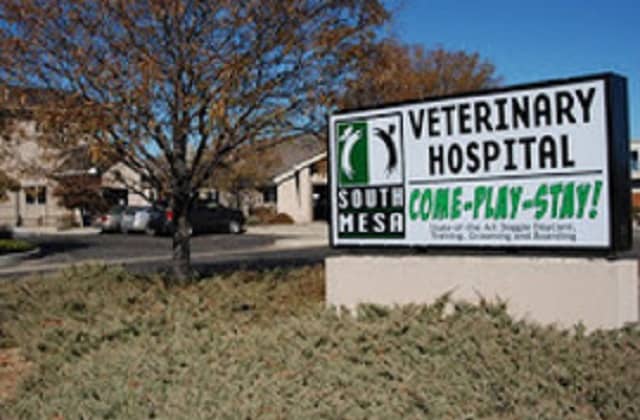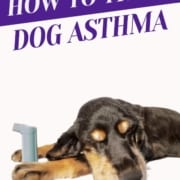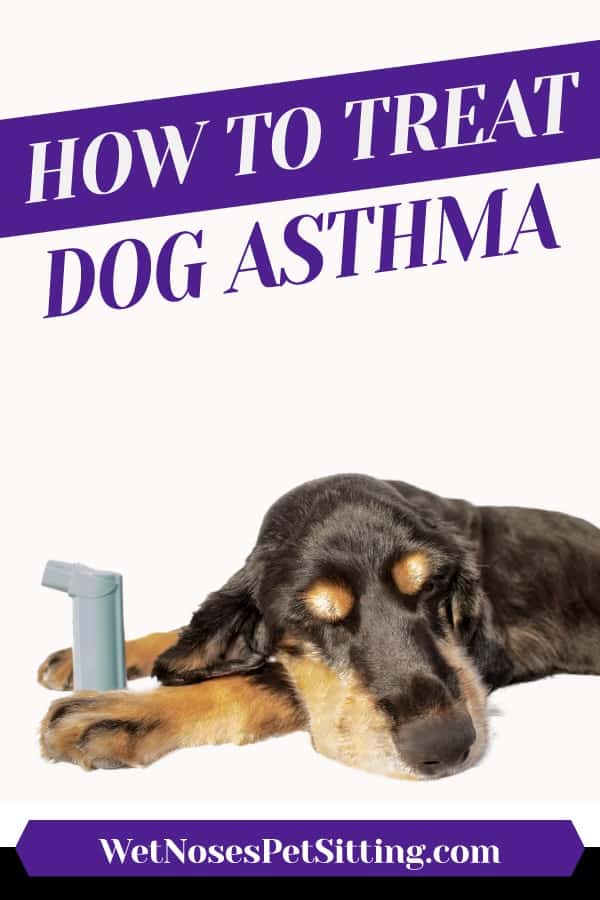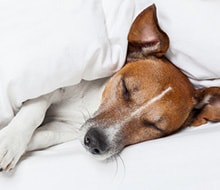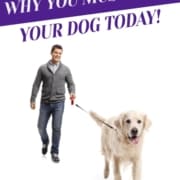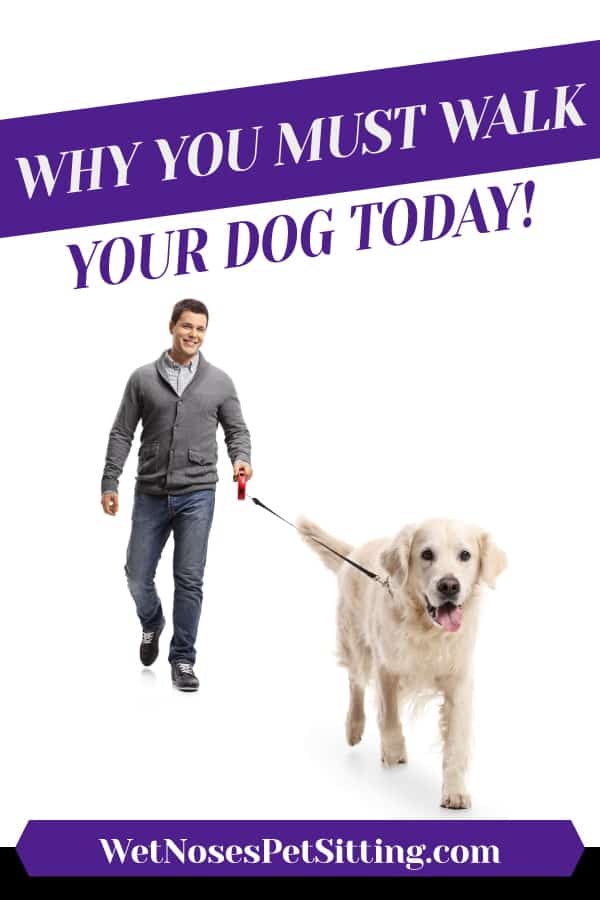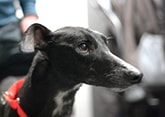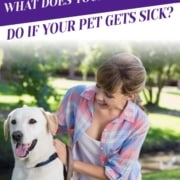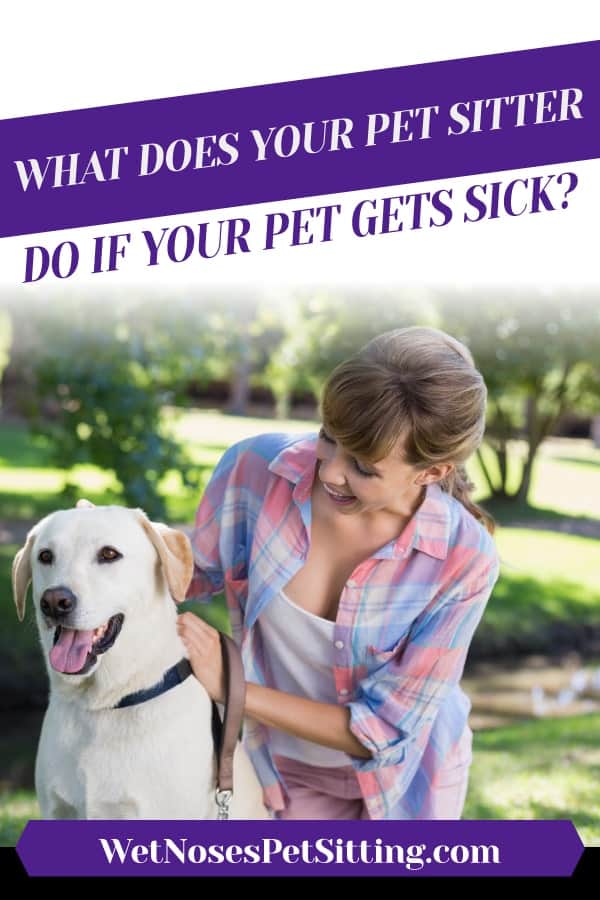South Mesa Veterinary Hospital Interview with Dr. Jana Dean
Here at Wet Noses Pet Sitting, we’re always looking for pet resources to share with the Fort Collins Community. We had the pleasure of interviewing Dr. Jana Dean at South Mesa Veterinary Hospital!
Read on to learn all about South Mesa Veterinary Hospital and how they can be of service to you and your animal companions!
Location:
3801 S. Mason Street
Fort Collins, CO 80525
Phone: (970) 226-5717
Email: [email protected]
Website: http://southmesa.com/
South Mesa Veterinary Hospital has been in business since 1972 and in this location since 1992.
How many vets are there on staff?
We have 9 doctors on staff.
What are the hours of operation?
We are open 7:30-7:00 Mon-Thurs, and 7:30-5:30 Friday. 7:30-3:00 Saturdays.
What is the availability for last minute visits?
We always welcome work-in appointments, emergencies, same-day appointments, etc. and we set aside specific slots for these every day.
What types of animals do you treat?
We primarily treat dogs and cats, but also have two doctors who will see rabbits, ferrets, and guinea pigs.
What is the cost of an exam/check- up fee?
Our exam fees vary depending on the type of visit. Annual Wellness visits and sick patient exams are $49, while puppy/kitten recheck exams start at $31. Other recheck or brief exams range from $18-$35.00.
What training does the staff have?
Almost all of our staff has several years’ experience working in the veterinary field, and all of our surgery/anesthesia technicians are CVT’s (Certified Veterinary Technicians). We also employ pre-vet and current veterinary students, and we work with the Front Range Community College Veterinary Technician program hosting interns at our hospital. We also have a Certified Pet Dog Trainer on staff who trains all employees on Gentle Handling techniques for our patients.
What is your focus as a clinic/hospital?
Our mission is to provide the highest quality of care to our patients and to ensure that our clients receive outstanding customer service here. Our doctors and staff are dedicated to providing the highest level of care and compassion, and we have a very loyal client following.
What makes your hospital unique?
We are unique in that we have several doctors on staff, including a Board Certified Theriogenologist and a Board Qualified Veterinary Dentist. Our doctors each have their own niche and special interest in medicine and surgery, which allows us to practice only the highest quality of medicine here. We also offer many ancillary services, including boarding, grooming, daycare, and training.
Do you have a favorite veterinary hospital in the Fort Collins area? Comment below and tell us what you like best about it! We’d love to hear from you!

